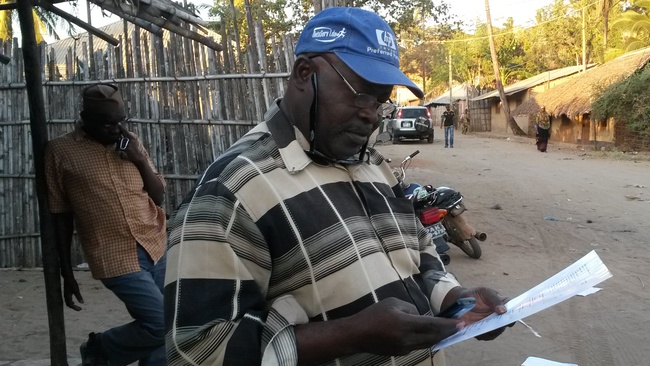Early warning system and data collection for emergency response
Based on project target cities vulnerability to extreme weather events, this mobile technology solution was designed to improve the city preparedness and emergency response capacity. However, along the system implementation process, it has shown to be useful to help address country challenges, related to limited connective to remote areas, to timely access, share and receive disaster related information from country different locations; to prioritize preparedness and needed humanitarian assistance to save people lives. Then, the early warning and data collection system has been a needed response that is progressively helping the country to address the identified gaps. As a result, it has been taken to scale and currently is helping strengthen the country disaster management information system.
The system helped establish a reliable and predictable data collection and management mechanisms. Disaster managers (Government and partners) are provided with reliable information for decision-making on prioritize humanitarian response which is helping save lives and protecting population livelihoods.
The system improves the information flow. It is timely providing, at risk population, with relevant information that is contributing to increase their preparedness and response capacity, before disasters (early warning);
Yes there are some challenges.
The technology is essentially mobile phone based, so sometimes, people due to their limited ability to use the phone are reluctant to collaborate or to use their mobile phone to collective purposes.
Another challenge is that sometimes data sent, takes few minutes to be available for decision makers.
The technology is not project specific. It can be replicated for other projects or activities to facilitate the data management and accuracy for better decision making.
